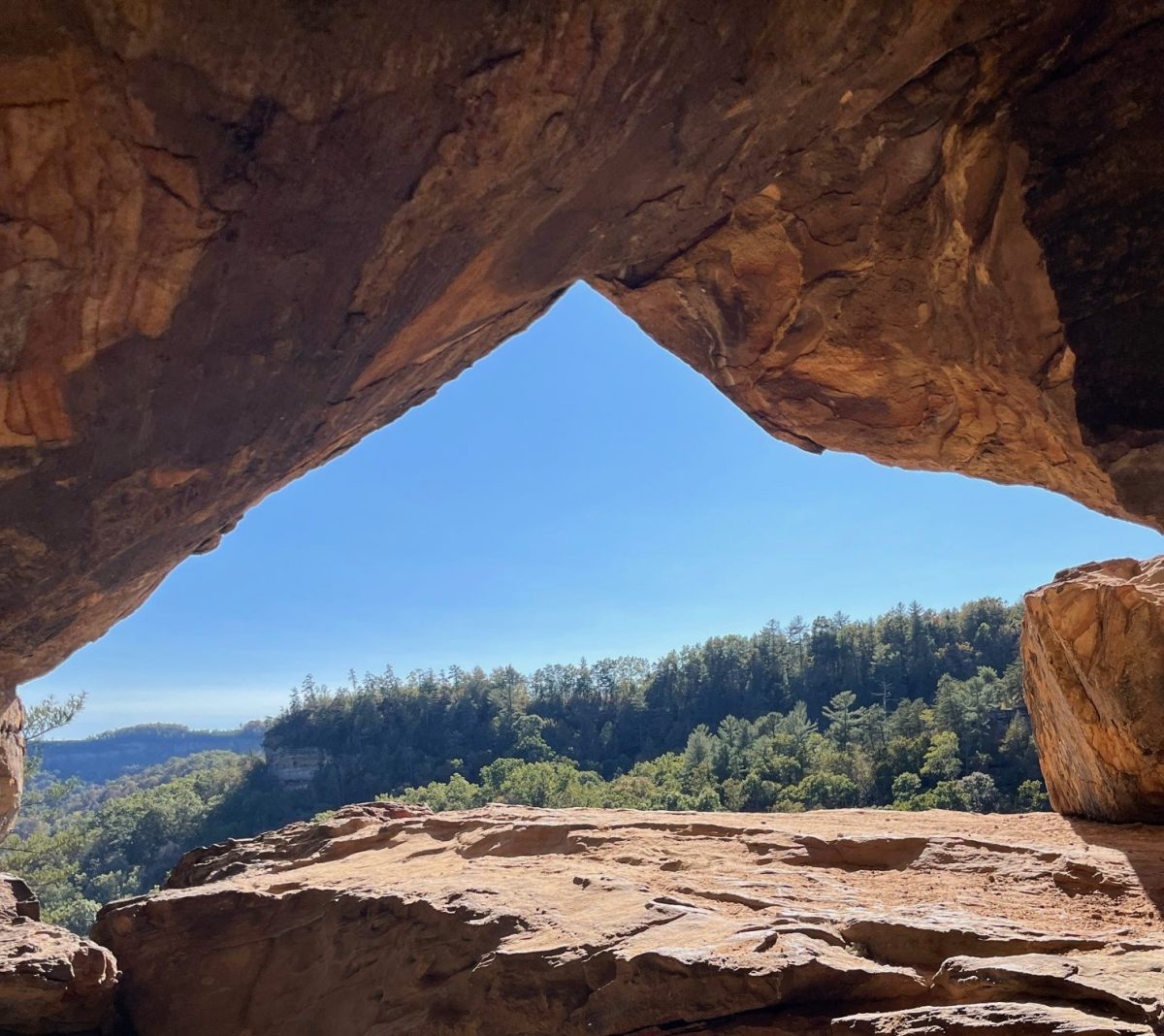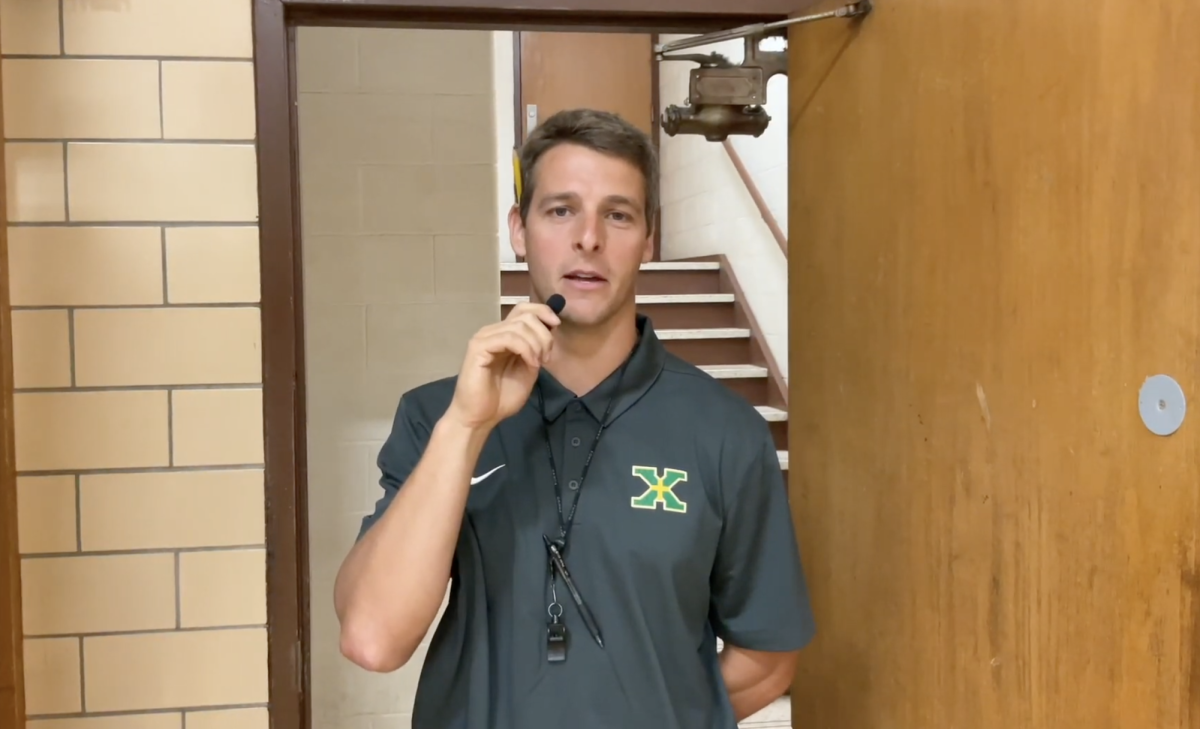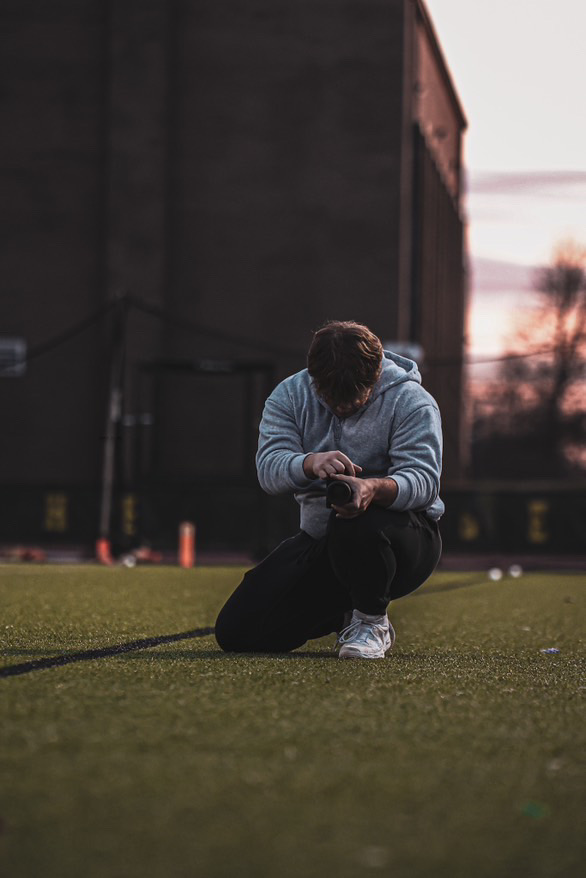The Red River Gorge has been a part of my life for as long as I can remember. My parents started going when they were my age, and after they got married and had kids, they made sure to share that tradition with us. My dad even works there, making it feel even more like a second home. I wouldn’t trade my time there for anything. After years of exploring and experiencing all that the Gorge has to offer, I’d love to share some information in case you’re thinking about visiting.
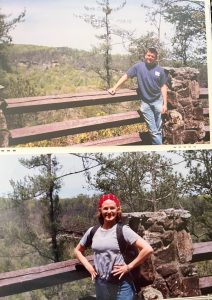
Location….Location….Location:
For a secluded camping experience within the Red River Gorge that doesn’t require extensive hiking, the Indian Creek area near Nada, Kentucky, is an excellent choice. This location offers car-accessible campsites that provide both convenience and privacy. This is not traditional camping where you are next to many other people. If this does not suit you, there are many traditional campsites that are available within Red River Gorge. However, we will be talking about this option.
Before setting up camp, make sure you obtain a recreation permit for overnight camping in the Red River Gorge Geological Area and Indian Creek. All vehicles on KY 15 or in the Red River Gorge and Indian Creek areas north of KY 15 must display a permit. Permits are available at local stores and at the Gladie Learning Center.
Directions to Indian Creek:
1.Primary Route: Start on Nada Tunnel Road, the main access route for the Red River Gorge Geological Area. This well-maintained road is suitable for all vehicles.
2.Turn onto N Fork Road: After passing through Nada Tunnel and driving for about 10 minutes you will eventually go over a bridge. After this bridge veer left onto N Fork Road. While paved, this road has rough sections with potholes and areas where parts have eroded.
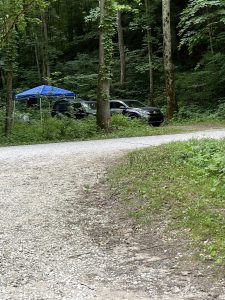
Drive cautiously, as the road is narrow and oncoming vehicles can appear unexpectedly around
bends.
3.Approaching the Campsite: As you drive through the forested area, you’ll come upon a clearing with a farm on your left. This indicates that the Indian Creek campsite is nearby. Look for a sign on the right labeled “Indian Creek,” marking the gravel road leading to the campsites. Note that this gravel road is closed during winter months.
Campsite Details:
•Pull-Off Spots: Shortly after turning onto the gravel road, you’ll notice various pull-off areas serving as camping spots. Some are immediately adjacent to the road, while others require a brief walk down to the creek or into a small valley. Many campers choose to back their vehicles into these spots, allowing easy access to gear and the option to set up tents nearby.
•Open Field Area: If you prefer a more open space, there’s a field within the Indian Creek area suitable for activities like fishing, frisbee, football, or soccer. Be aware that this field can accommodate multiple groups; at peak times, several families might share the space.
Camping Resources:
Over the years, I’ve gathered a lot of my parents’ old camping gear, most of which is designed for backpacking. That means it’s lightweight and fits into a single backpacking pack. For my
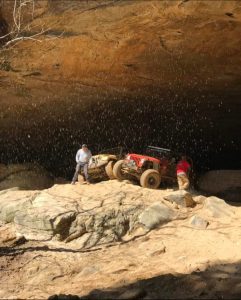
trips, I only need to pack a sleeping bag, tent, sleeping pad, food, chair, battery pack, water filter, fire starter, and clothes — all of which fit neatly into my backpack. Once it’s packed, I can just grab it and go.
However, if you’re car camping, you’ll probably bring a lot more gear. In that case, bring plenty of water — you’ll need more than you think! Along with the basics like food, a tent, and a sleeping bag, I’d recommend a few extra items to make your trip more comfortable:
•Outdoor chairs for relaxing around the fire.
•Portable battery to keep devices charged.
•Canopy to cover the picnic table and protect your gear from rain or sun.
•Foldable table for meal prep or organizing supplies.
•Campfire grate for cooking over the fire.
•Toilet paper — trust me, you’ll want it.
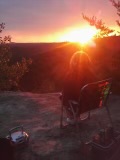
•Medical supplies for any scrapes or accidents.
One important thing to note: there’s no cell service at most campsites. Be sure to let your family know you’ll be out of service before you arrive. The only places you’ll get a signal are at some gas stations and on top of the ridges.
Trails:
I’ve mentioned this before in a previous story, but it’s worth talking about again — the Gorge has so many incredible trails to explore. In my last story, I highlighted some of my personal favorites. However, if it’s your first time, you might want to consider some shorter, easier hikes.
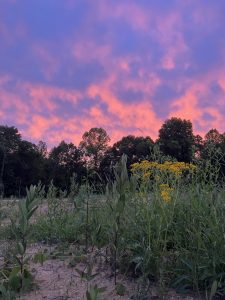
A great tool for finding the right trail is the AllTrails app. It gives you helpful details like difficulty, length, elevation gain, and more. If you need any help using the app, just let me know.
One trail that comes to mind is in Indian Creek. To get there, keep driving into Indian Creek until you reach a bridge. Right after crossing the bridge, the road will fork — take a right and follow that road for about 6–8 minutes until it dead-ends at a parking area. Next to the parking lot, you’ll find a gravel trail that’s relatively flat and easy to navigate. It’s a beautiful, peaceful hike along the creek and through the valley, making it perfect for a relaxing walk.
Tips:
1.Watch Your Speed: Don’t speed on the main road. Many roads are narrow, with sharp, blind corners where you won’t see oncoming cars. In some areas, you’ll be driving alongside cliffs — going off the road could mean ending up in a river or creek.
2.Navigating Nada Tunnel (Very Important): Nada Tunnel Road is the main loop through the Red River Gorge Geological Area, and the primary entrance is through Nada Tunnel itself. This tunnel was carved out in the early 1900s for locomotives hauling logs, but today it’s used by cars traveling in both directions — even though it’s only wide enough for one car at a time. As you approach, you’ll see a yield sign, but there’s no stoplight or official traffic control. Use your best judgment to ensure no cars are already coming through from the other side before you enter. It’s common for cars to meet head-on in the tunnel, forcing one to carefully back out to let the other pass.
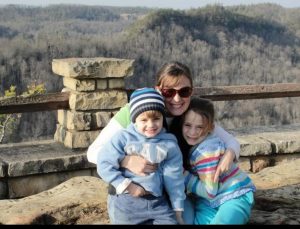
3.Avoid the Narrow Entrance (Also Very Important): While Nada Tunnel is the preferred entrance for most visitors, there is another way into the main loop — but it’s much riskier. This alternate route starts at the top of the foothills and winds steeply down into the Gorge, with tight curves and limited visibility for oncoming traffic. Though paved and relatively smooth, these roads can be dangerous. Unless you’re highly confident in navigating steep, narrow roads, it’s safer to stick with the Nada Tunnel route. Better safe than sorry.
4.Try the Local Eats: If you’re looking to eat out, you’re in for a treat. The top three spots I recommend are Red Point BBQ, Miguel’s Pizza, and Daniel Boone Coffee Shop. They’re all fantastic and well worth a visit, even though they aren’t the cheapest. Since cell service can be spotty, it’s best to enter these destinations into your GPS when you’re near the gas stations and have a signal. Trust me — these places are a must-try!
The Gorge is a place of untouched beauty, offering a rare chance to disconnect from the chaos of everyday life. Every time I visit, I return feeling recharged and inspired. The kindness of the locals and the serenity of the valleys I hike through give me a renewed sense of hope. I encourage you to embrace this experience and explore the untouched beauty for yourself.



